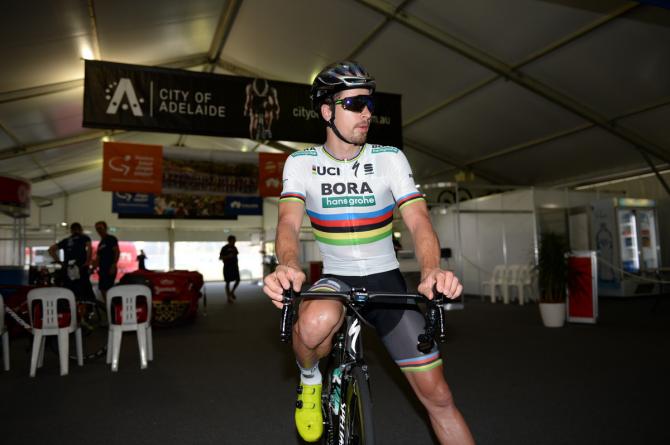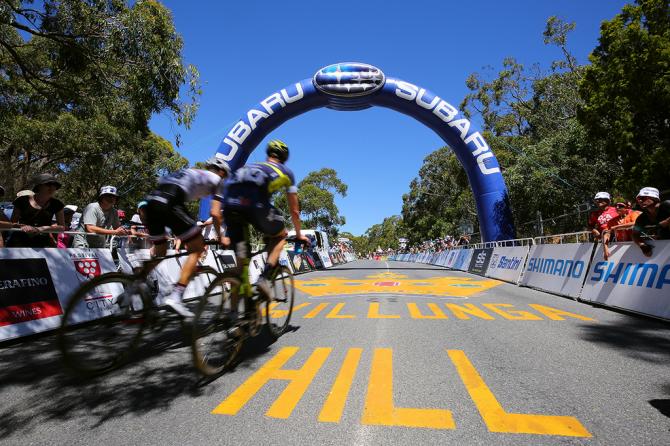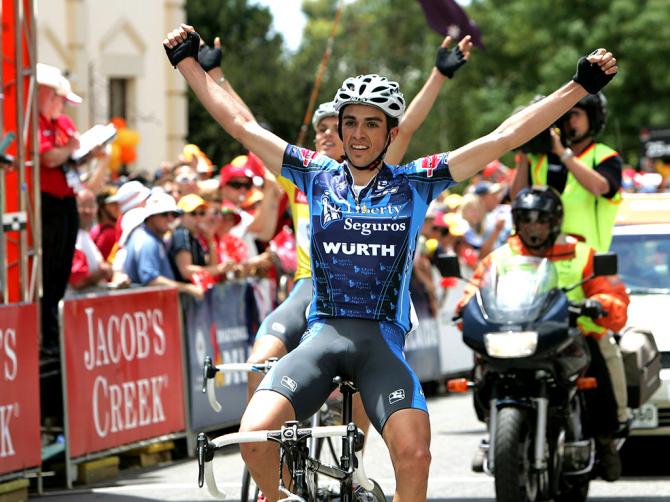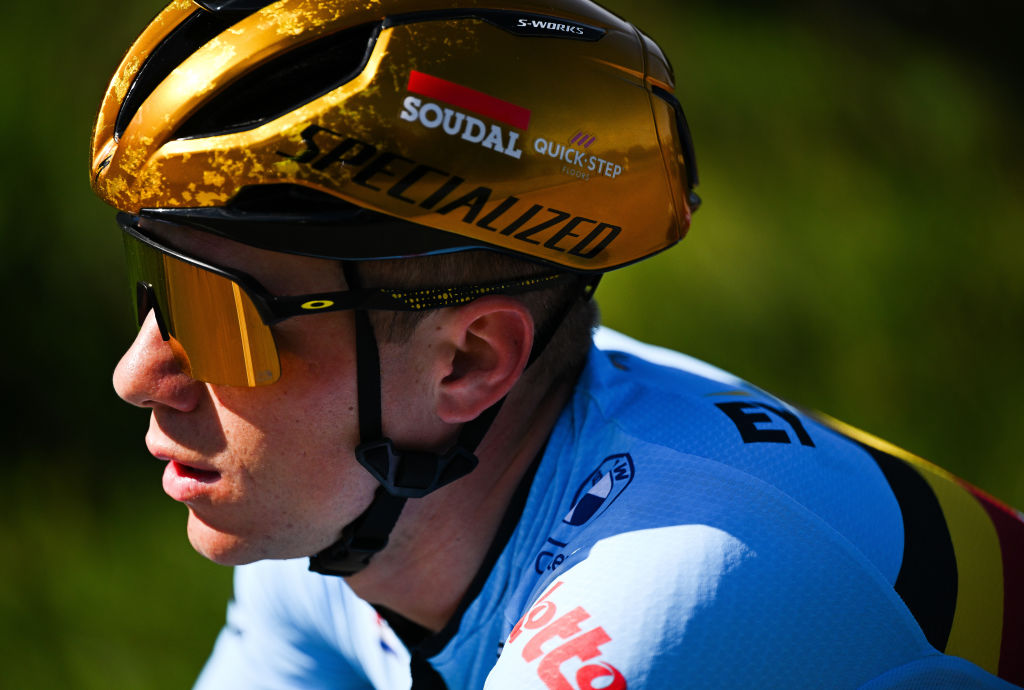20 years of the Tour Down Under with race director Mike Turtur
Longtime leader reflects on Australia's first WorldTour race
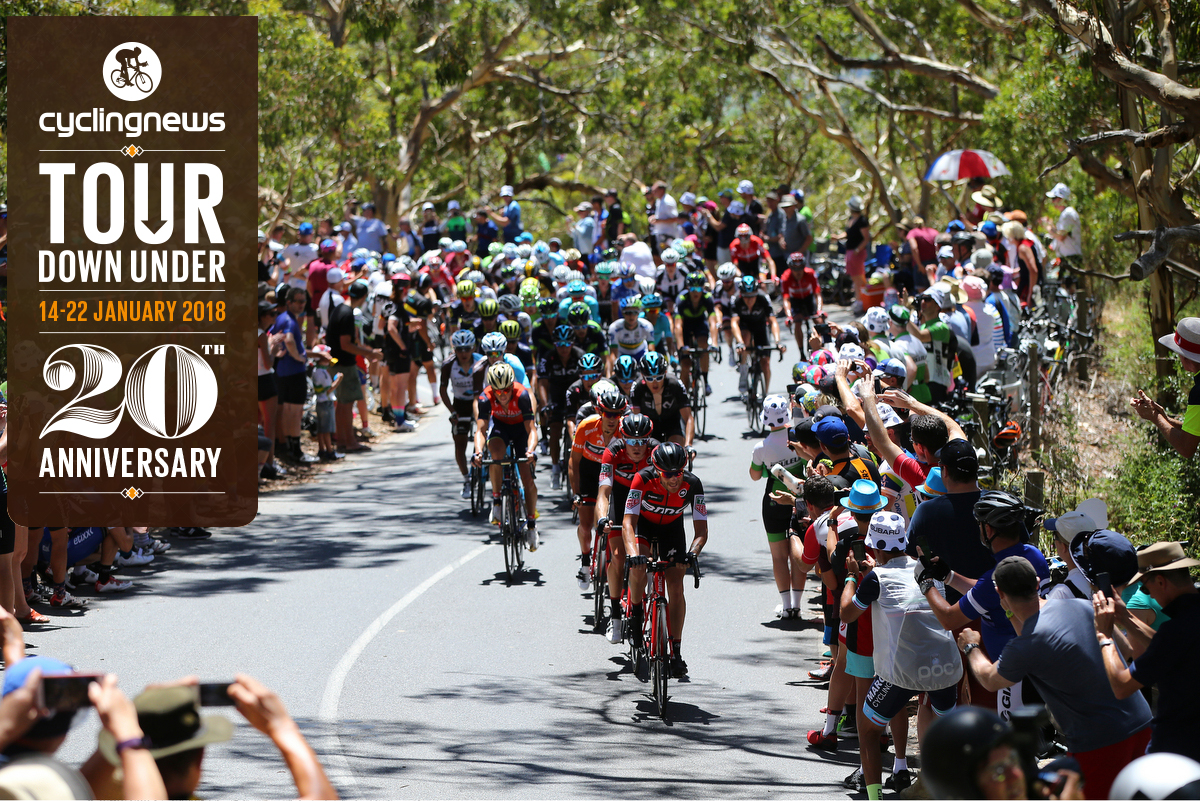
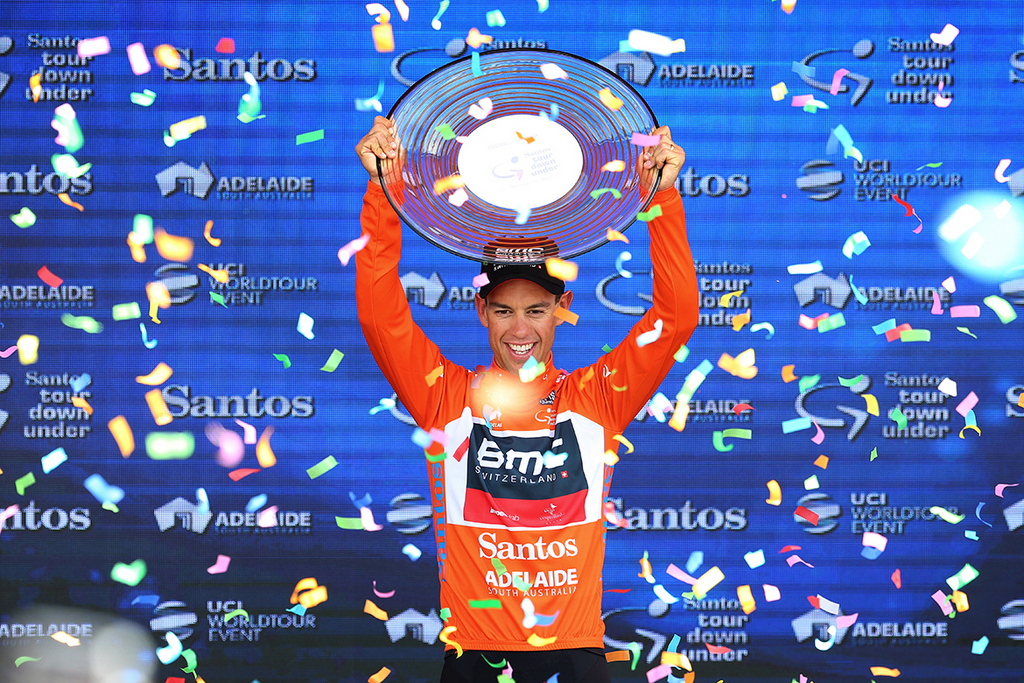
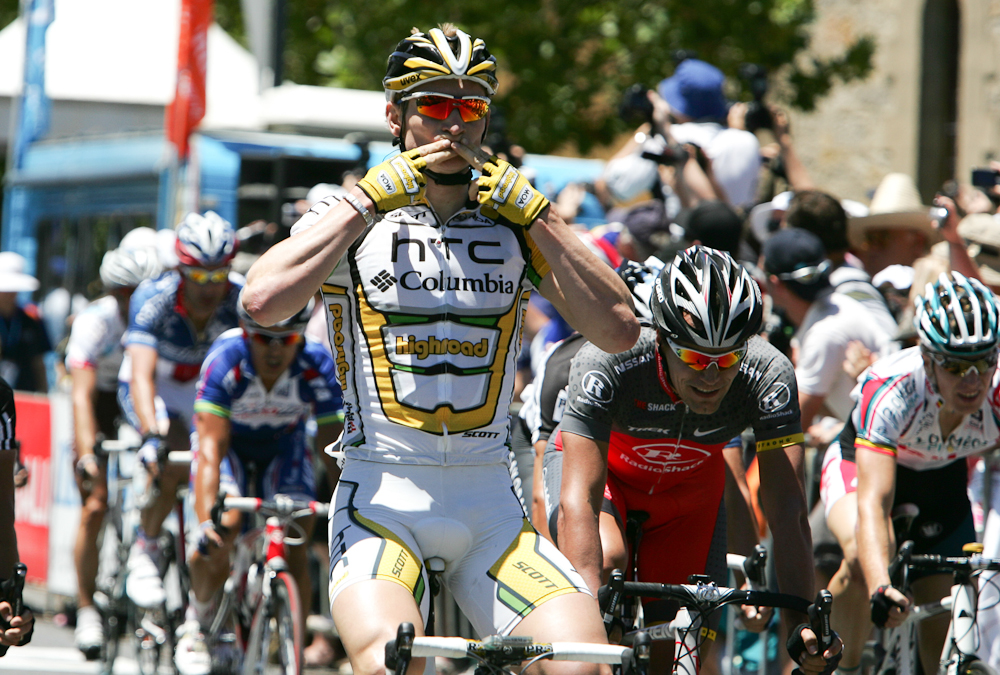
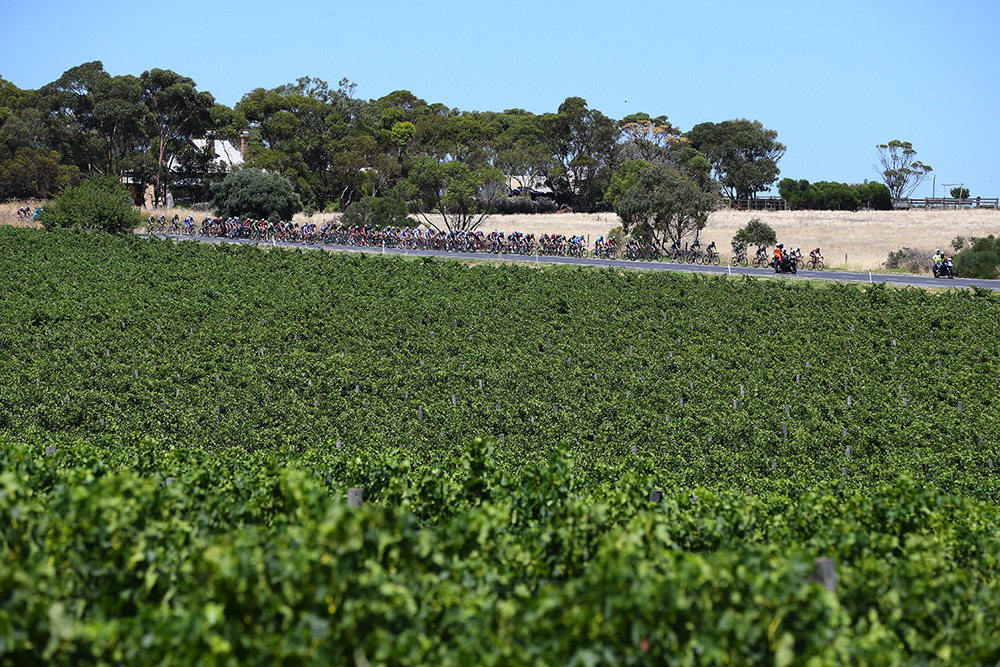
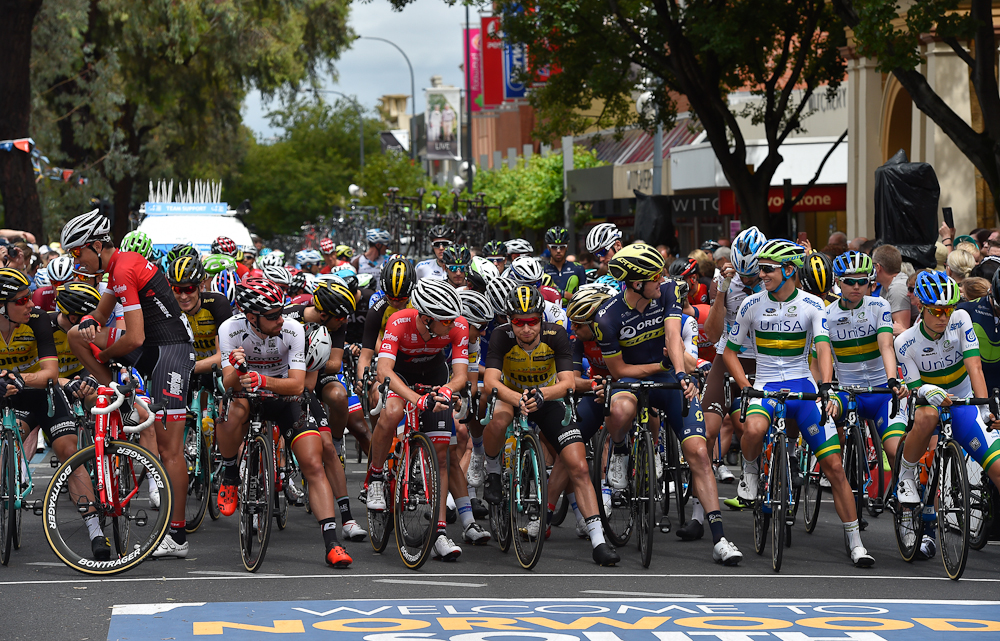
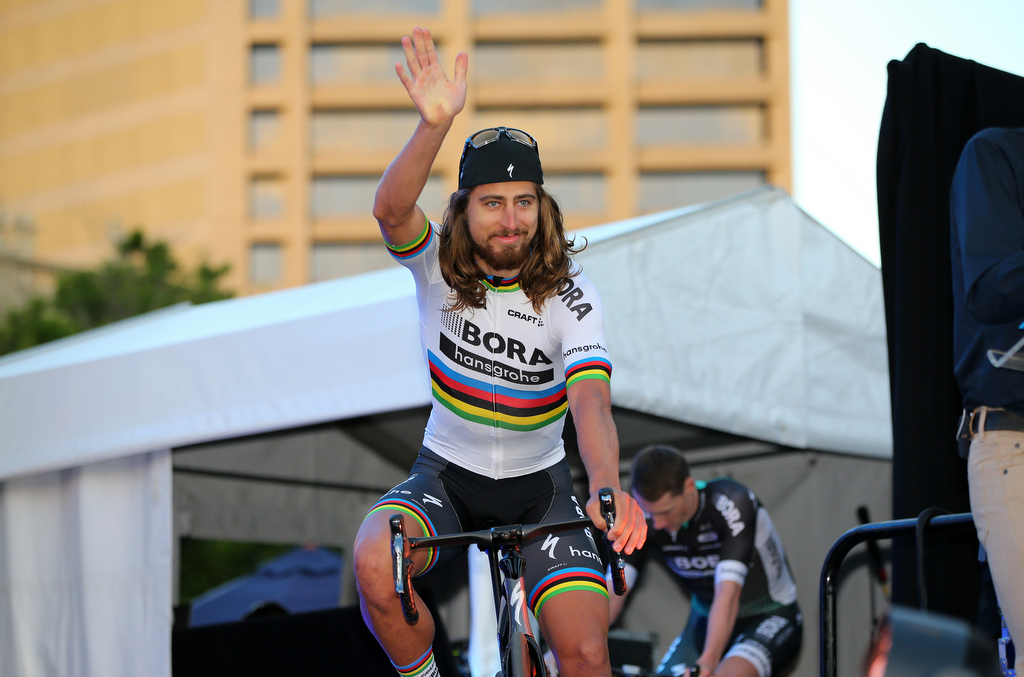
In less than a week, Mike Turtur will take the race director’s car to Port Adelaide for the 115th stage in the history of the Tour Down Under and first of its 20th edition. Turtur has been at the head of the race since its 1999 introduction onto the calendar and elevation to the ProTour in 2008.
2018 Tour Down Under training rides - Gallery
UniSA-Australia name Tour Down Under team - News Shorts
Peter Sagan debuts new and exclusive Specialized power meter at Tour Down Under
Lance Armstrong: My Tour Down Under contribution was '100 per cent positive'
Flakemore writes about decision to leave cycling - News Shorts
BMC feel the pressure at Tour Down Under with three former winners
Of the 114 stages across the 19 editions of the race, the very first sticks in the mind for Turtur.
"To go to the first circuit race with us all hoping that we might get 10-15,000 and to have 40,000 turn up was incredible," Turtur explained to Cyclingnews. "It was an evening circuit race in those days in the East End. I think after we completed that stage we all said to ourselves 'something is happening here. Something special is going on.' It just didn't stop and it just kept on going. Stuart O'Grady winning the inaugural event as a South Australian was pretty memorable."
While the first edition of the race "nearly killed me," adds Turtur, he has since built a strong backroom of staff that understand what is required to run a WorldTour event along with an army of volunteers and emergency-service personnel who ensure a smooth running of the event.
Since that opening evening, the race has cemented its place on the WorldTour calendar, attracting some of the biggest names in the peloton. At the beginning, middle and end of their careers, Cadel Evans in 2010, Philippe Gilbert in 2012 and Peter Sagan in 2017 and 2018 as world champions have particularly left an impression on Turtur as memorable moments during his tenure.
"From a race organiser's point of view, I have always loved the tradition of the rainbow jersey and national champion’s jerseys. But, to have the rainbow jersey on your start line is a great honour for any organiser and a great recognition of the sport," he said. "It is an iconic jersey, and to have Peter Sagan returning is obviously very special, but the past world champions we have had here have also been phenomenal."
Adapting to change
Nicolai Bo Larsen is written into the history books as the inaugural stage winner of the Tour Down Under. But it's the likes of fast men Stuart O'Grady, Erik Zabel, Baden Cooke, Mark Renshaw, Allan Davis, Robbie McEwen and Andre Greipel who dominated the early years of the race.
The latest race content, interviews, features, reviews and expert buying guides, direct to your inbox!
In 2012, the introduction of the hilltop finish at Willunga Hill changed the complexion of the race, while stages like the hilly Corkscrew, Paracombe, and Uraidla in 2018, further underlined the race's move away from its pure sprint roots. While the race has retained sprint stages, the quick men are no longer winning the general classification, with the climb up Willunga often deciding the ochre jersey. It was an important change to meet the higher standards of its WorldTour status, as Turtur explained.
"If you look at the early days of the race, it was more of a sprinters type of event," Turtur said. "That was by design in those days, being an early season race with the condition of the riders. The same can be said of nowadays, to have stages of 200km plus is not conducive to racing at this time of year. To have 150km, 140km stages produces a better bike race and spectacle, not only for the spectators but also for the riders themselves. We established a formula from the beginning that really did work in our favour and was acceptable by the teams. That is what we've stuck by.
"Of course since we've gone WorldTour we have changed the race to become more of an all-rounder event with more difficult finishes. Willunga Hill has been a massive success. The introduction of climbs like Corkscrew, Paracombe and, this year, Norton Summit for the final into Uraidla is another GC day. I think the race has progressed now to be an interesting short stage race that is very punchy and has a lot of action. The formula works well for us at the beginning of the season."
Tour Down Under's legacy
In the 20 years since the Tour Down Under arrived on the calendar, cycling has globalised with a WorldTour race calendar that stretches from Australia to the Americas and into Asia. While Europe remains the heartland of the sport, the Tour Down Under has proven the popularity of racing elsewhere on the planet. The Armstrong years of 2009-11 boosted the popularity of the race, and even following the downfall of the American, there are 'no regrets' from the state government or Turtur regarding his presence at the race.
While Armstrong was a sugar high, the low-GI intake of young riders or 'obscure pros' has kept riders and fans coming back for more. The year before Armstrong headed Down Under, the race joined the ProTour. A provision of the race doing, so as Turtur explained, was to ensure the continued inclusion of a national team. A commitment to the youth of Australian cycling that continues into 2018.
"We entered the competition on the proviso that we had to maintain the participation of the national team," he said. "The UCI accepted that and that was a rule change, which is now applicable for all WorldTour events. I think it is a great opportunity for young riders to be part of a high-level event and race alongside riders of the highest calibre and also to show everyone what they can do."
The 'who's who' of Australian cycling since the turn of the new millennium have lined out for the UniSA-Australia team. The included recent winners Rohan Dennis and Richie Porte of BMC, a fact that Turtur takes great pride in. While celebrating the pathway into the professional world for cycling in Australia, the race has also launched a number of European professionals - Alberto Contador among those, as Turtur adds.
"It makes me feel really nice when Contador referred to his stage win at Willunga that year after coming back from that serious issue that he had as one of his most significant moments of his career," he said of the 2005 victory, which came after Contador was treated for a cerebral cavernoma. "Someone like Andre Greipel made a comment the other day about his return to the race, that when he first came here it was the first opportunity he had in his own right to contest. And we all know what he has done since. He just hasn't looked back."
The future
For Turtur, the Tour Down Under reaching 20 editions was a faraway dream. Now it's become reality, the 1984 track pursuit Olympic gold medallist believes there is no reason it can't live on for "50-100 years". However, Turtur isn't planning on maintaining his role decades into the future.
"I don't think I will do twenty. My time on the race, I have been blessed," he said. "It has been a challenge but a great enjoyment of my life to be involved in something created from nothing. In my wildest dreams, I would not have thought it would ever be possible. Never. But it has all happened."
Owned and operated by the South Australian state government, the race is not dependent on Turtur or any other individual for its survival. With annual increases in spectator numbers and the upward growth of the Santos Women's Tour, Turtur is buoyant when discussing the robust health and future of the event.
"As long as the economic benefit and visitation numbers are maintained as they have been each year and with an increase each year, I think the government acknowledges the fact it is a great tourism event," he said of the business case for the race, which also receives sponsorship from the likes of multinational Santos.
"It creates a lot of activity and benefit for the state, so as long as those numbers stack up and keep going, then the race continues. The other important aspect of that happening is that the event is owned by the government of South Australia. We don't have to pay a rights fee to some owner of a series of events to have the right to stage it."
And how would Turtur like to close out the 20th anniversary of the race? An overall win for the world champion Peter Sagan wouldn't go amiss.
"It would be fantastic," Turtur said. "He was amongst it last time, and that is just his style of racing. He'll never die wondering. He loses a lot more races than he wins, and I think that is what people love about him, his aggression and the way he is prepared to put it on the line. He is always up there, having a go, showing the jersey and doing what he does best.”
